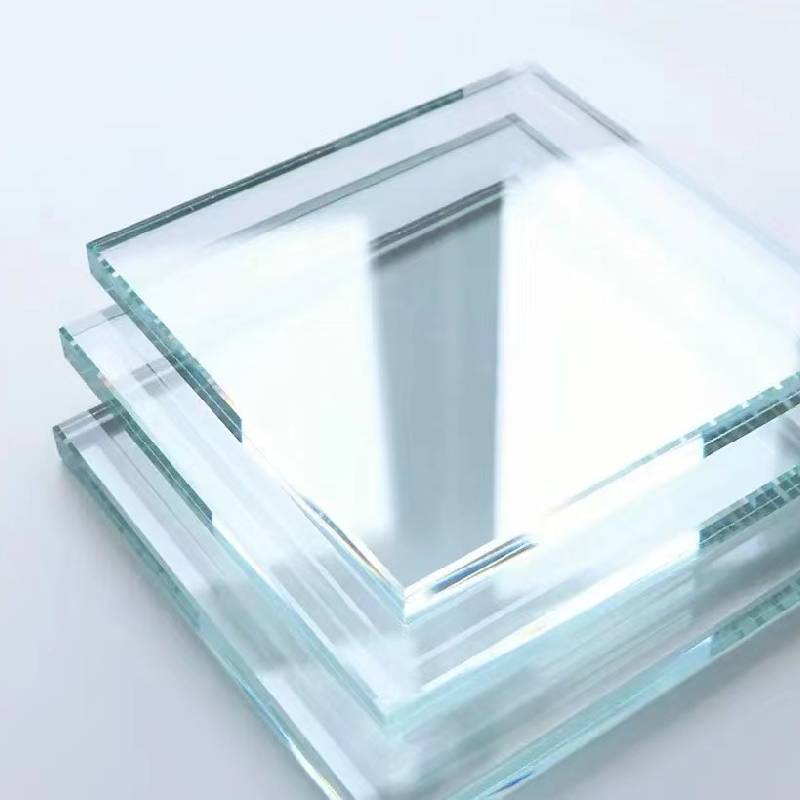

Tempered Glass Types An Overview
Tempered glass, also known as toughened glass, is a type of safety glass that has been treated by a process of extreme heating and rapid cooling to increase its strength compared to normal glass. This process enables tempered glass to endure significant temperature fluctuations and considerable physical impacts. As a result, it is often used in various applications, ranging from architectural elements to automotive windshields. Understanding the different types of tempered glass can help in selecting the right material for specific needs.
1. Annealed Glass vs. Tempered Glass
Before diving into the types of tempered glass, it’s essential to differentiate it from annealed glass. Annealed glass is the basic form of glass that has not been treated. It is more susceptible to breakage and shattering, which can create sharp shards posing a safety hazard. In contrast, tempered glass, when broken, fractures into small, blunt pieces, significantly lessening the chance of injury.
2. Types of Tempered Glass
A. Clear Tempered Glass
Clear tempered glass is the most common type used in residential and commercial construction. It is transparent and provides unobstructed views, making it ideal for windows, doors, and facades. Its strength enables it to withstand heavy impacts and is available in various thicknesses to meet design requirements.
B. Low-E Coated Tempered Glass
Low-emissivity (Low-E) coated tempered glass has a special coating that reflects infrared light while allowing visible light to pass through. This feature helps in reducing energy consumption by maintaining indoor temperatures. It is especially advantageous for buildings that require energy efficiency while maximizing natural light.
C. Tinted Tempered Glass

Tinted tempered glass comes in different shades, reducing glare and heat from sunlight without compromising visibility. This type is often used in commercial buildings and vehicles, helping to create a more comfortable environment by minimizing the sun's intensity and UV exposure.
D. Reflective Tempered Glass
Reflective tempered glass has a metallized coating which enhances its reflective properties. This type of glass provides privacy while retaining natural light, making it ideal for skyscrapers and office buildings. It also adds an aesthetic appeal, often used in modern architecture.
E. Laminated Tempered Glass
Laminated tempered glass consists of two or more glass layers bonded with interlayers, usually made of polyvinyl butyral (PVB). This design provides added strength and sound insulation, making it suitable for high-traffic areas or buildings that require enhanced security, like banks or jewelry stores.
3. Applications of Tempered Glass
Given its various types, tempered glass can serve multiple purposes. Its applications range from shower doors, glass railings, and table tops in residential settings to curtain walls, skylights, and glass partitions in commercial architecture. In vehicles, it is used for side and rear windows, ensuring safety and durability under different driving conditions.
4. Conclusion
In summary, tempered glass is a vital component across numerous industries due to its strength and safety features. Understanding the different types of tempered glass—such as clear, low-E, tinted, reflective, and laminated—allows consumers and architects to make informed choices tailored to their specific requirements. Whether for aesthetic purposes, energy efficiency, or safety, there is an appropriate type of tempered glass suited to meet various needs. As innovations in glass technology continue to evolve, the applications and benefits of tempered glass will only expand, solidifying its essential role across multiple sectors.